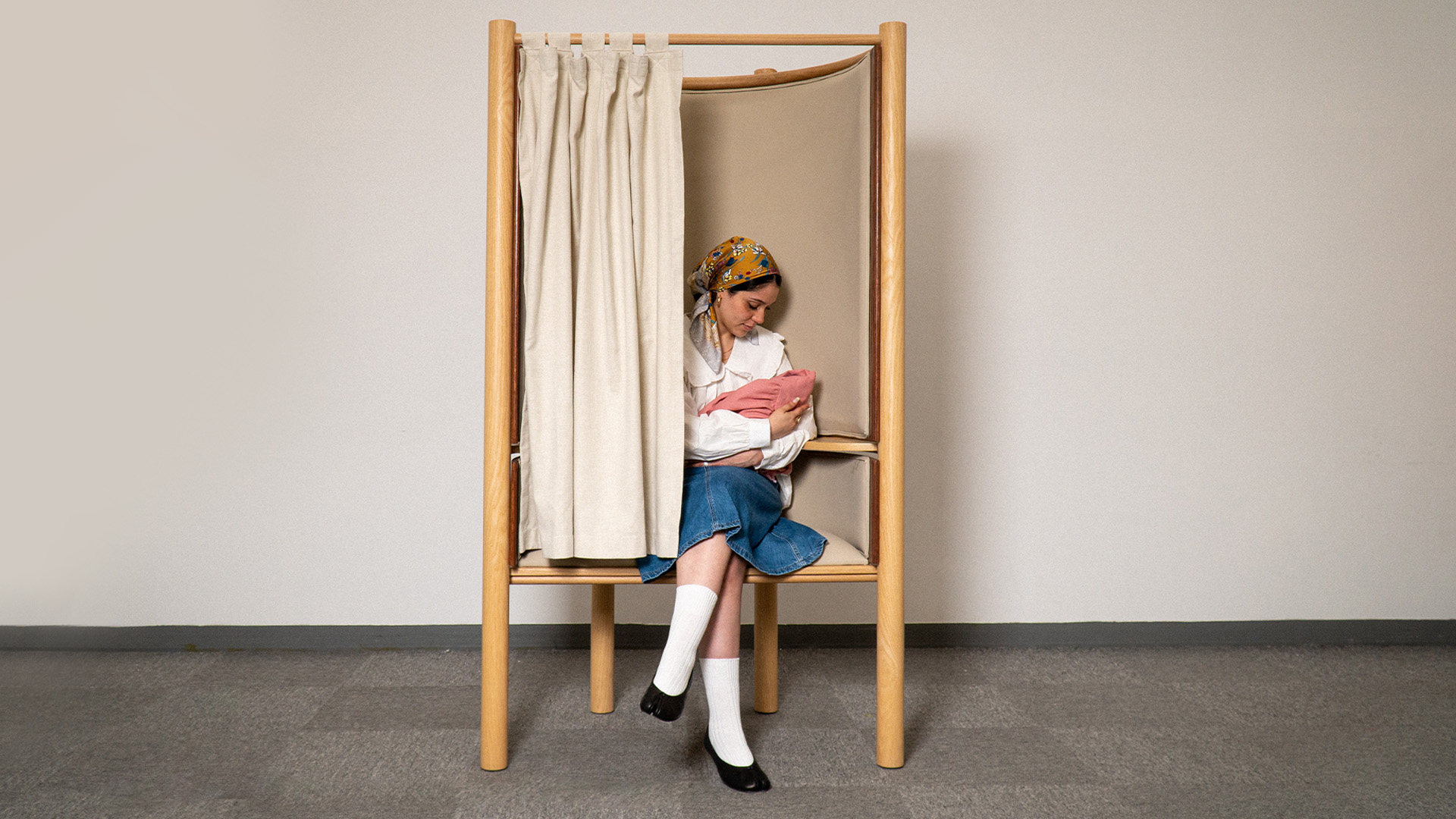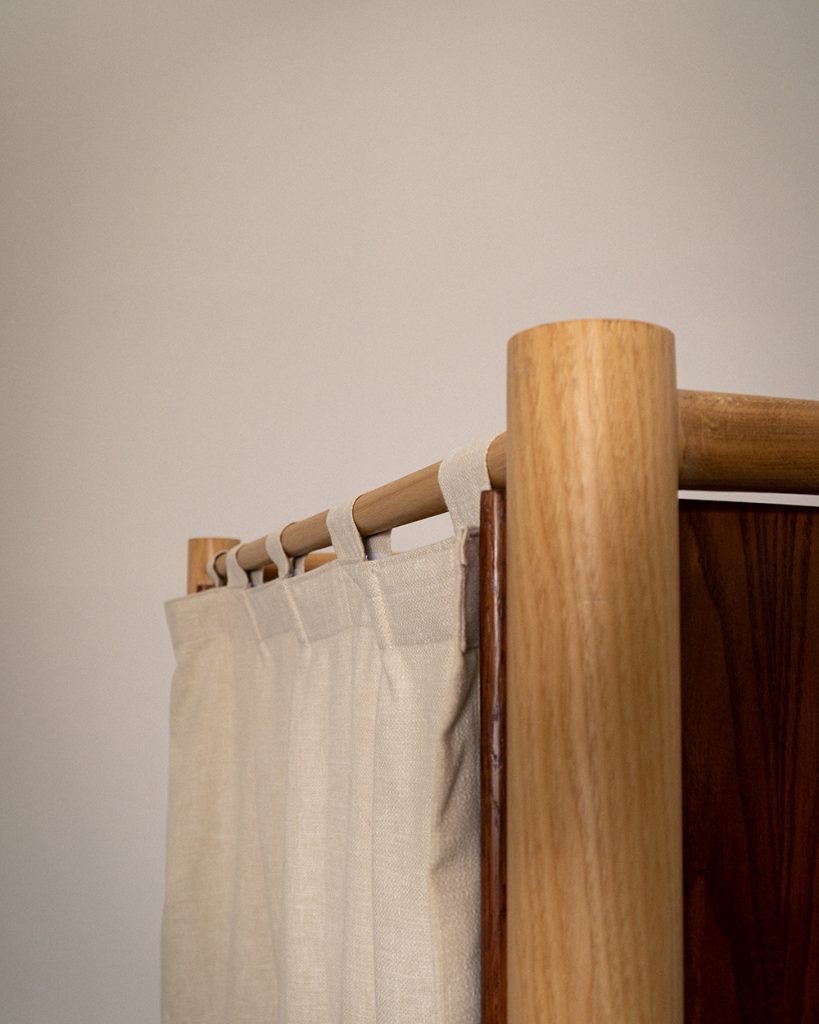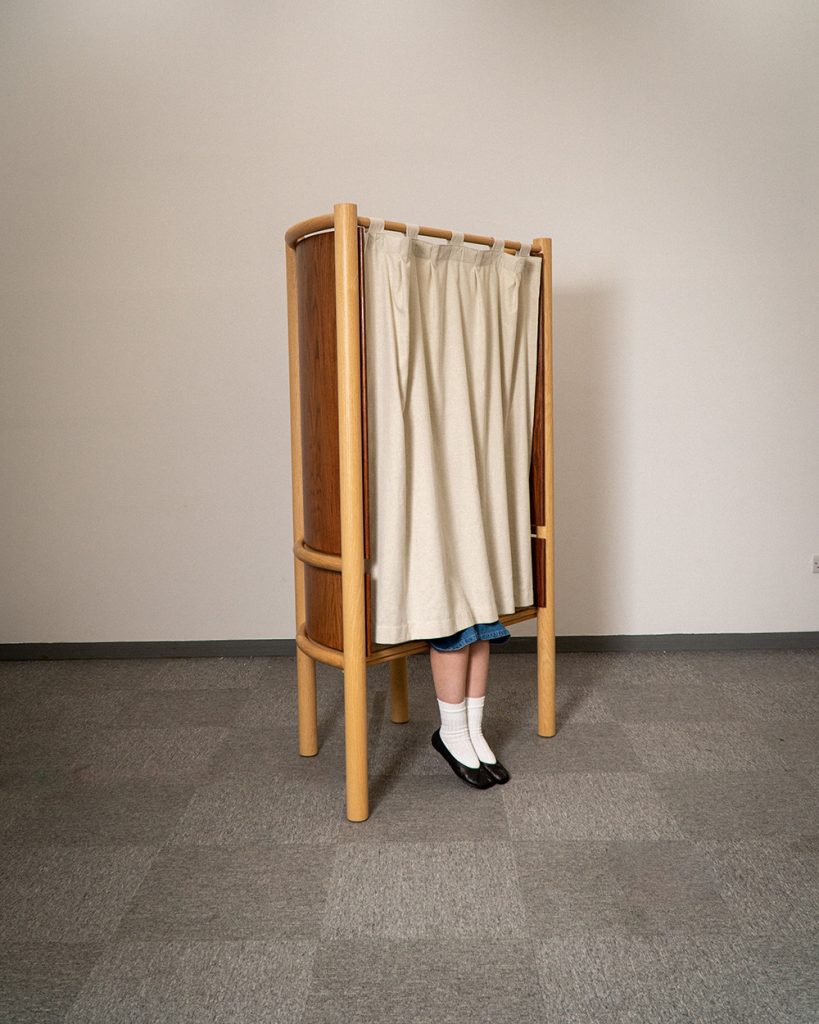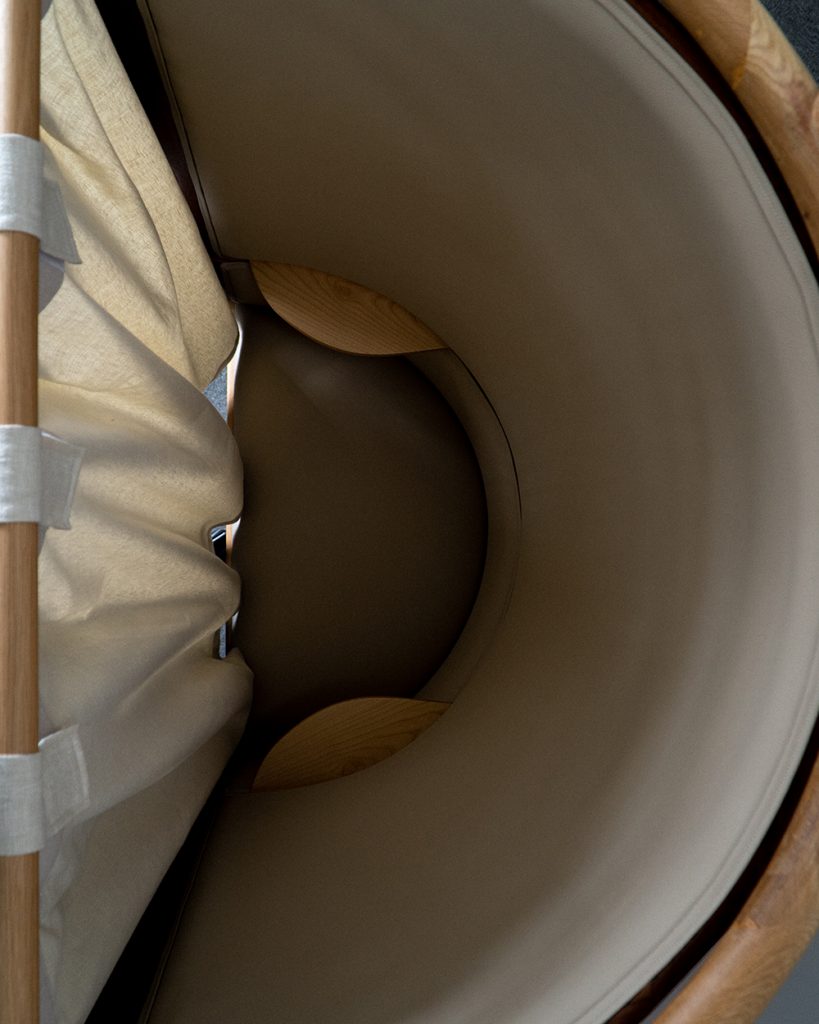Copyright © 2025 Motivate Media Group. All rights reserved.
UAE-based architect Sara Bokr designs with a ‘feminine approach’ while exploring the intersections between architecture and other disciplines
Bokr shares her approach with designing chairs that can be used by nursing mothers

When I think of vernacular architecture, I usually think of how a lot of women were the home-builders and shapers of their nomadic lifestyle,” begins Palestinian architect Sara Bokr. “Their spaces were fluid, created using natural elements collected from the surrounding area, and were usually round or oval in shape. These simple principles were always what I built on during my practice. I tend to work with a feminine approach in design because it is most relevant to how I think and who I am. It emphasises organic and ergonomic design, human-centred spaces, and a holistic understanding of the built environment – which leads me to a more inclusive and empathetic way of thinking.”

Omooma (which translates to ‘motherhood’ in Arabic) is a fitting example of this approach, comprising a chair that can be used by nursing mothers in public spaces, offering them a sense of privacy without disrupting their daily activities. Bokr explains that many of the mothers in her circle who breastfeed in public are often faced with discomfort and a sense of shame, causing them to resort to isolated spaces such as bathrooms or cars. “This disruption not only affects their freedom but also deprives them of the opportunity to seamlessly integrate breastfeeding into their daily lives. I wanted Omooma to be a chair that acts as a space within a space and can provide a tranquil and cosy environment amidst bustling public spaces like offices, libraries and centres [so] mothers [need not] sacrifice their convenience or compromise their daily routines,” Bokr explains.

Made using tinted oak wood, the body of the chair is cocooned within a curved backrest that is cushioned with camel leather to “soothe the space”, while the forefront of the chair features a curtain made from lightweight, breathable linen, which acts as a partition and provides a sense of privacy. Inside, you can find armrests to support the mother while she nurses, as well as space underneath to store bags. Bokr views the simple chair as the most ideal starting point to designing a space. “When I was in architecture school, everyone used to say how an architect needs to design at least one chair in their lifetime to really understand it all,” she remembers. “Starting my exploration with a chair has unveiled the potential of space in a unique and intimate manner that one does not come across in designing large-scale architecture. It is a direct interface between the human body and the built environment, offering a point of connection and interaction.

“When I begin contemplating the chair, I engage in a process of understanding human needs and behaviours,” she continues. “This leads me to observe how people interact with it; their postures, movements and the relationships they form within the space. From this starting point, the chair’s relationship to its immediate surroundings begins to play into larger environments, such as rooms, buildings and even urban landscapes. By exploring these spaces, I can envision how the arrangement of furniture and architectural elements within a room can create zones and patterns and allow for meaningful human connections. By drawing inspiration from a chair’s qualities, we can create a cohesive and harmonious design language that resonates across various scales, unifying the spatial experience.”

Bokr is currently working on a few interior design projects, including F&B spaces as well as a graphic design office. She is also collaborating on furniture designs with friends and exploring the intersections between music and architecture. “I dream of exploring spaces that not only serve functional needs but also evoke emotions, foster connections and enrich the lives of those who inhabit them. I want to introduce architecture within other creative fields like fashion, music, photography and film-making,” says Bokr.

Her first step towards this was an event she curated last month titled ‘Grazing Dinner with Architecture’ at Satellite Gallery in Al Quoz: a one-day event that brought together creatives across various fields. “For the longest time, I have felt that there has been a gap between architecture and the creative scene in the UAE,” Bokr explains. “This was a way to discuss and introduce architecture and architects to other creatives around me and to hopefully start integrating architecture within our projects, our thinking and our way of living. I am hopeful that this can become an annual event that brings out all sorts of creative thinking within architecture.”

Photography by Wathek Allal
The Latest
Quiet Luxury
Studio SuCo transforms a villa in Dubailand into a refined home
Contrasting Textures
Located in Al Barari and designed by BONE Studio, this home provides both openness and intimacy through the unique use of materials
Stillness, Form and Function
Yasmin Farahmandy of Y Design Interior has designed a home for a creative from the film industry
From Private to Public
How ELE Interior is reshaping hospitality and commercial spaces around the world – while staying unmistakably itself
New Episode: In Design With: Ahmed Bukhash
Watch the latest episode on In Design With.
Highlights of the Biennale Architettura 2025
We shine a light on the pavilions from the Arab world at the Venice Architecture Biennale, on display until Sunday 23 November 2025
Read ‘Bold Design’ – Note from the editor – July/August 2025
Read identity magazine's July/August 2025 edition on ISSUU or grab your copy at the newsstands.
Things to Covet
Elevate your spaces with a pop of colour through these unique pieces
Designing Spaces with Purpose and Passion
We interview Andrea Savage from A Life By Design – Living & Branding on creating aesthetically beautiful and deeply functional spaces
Craft and Finesse
EMKAY delivers a bold and intricate fit-out by transforming a 1,800 sqm space into SUSHISAMBA Abu Dhabi, a vibrant multi-level dining experience
An Impressive Entrance
The Synua Wall System by Oikos offers modularity and style
















